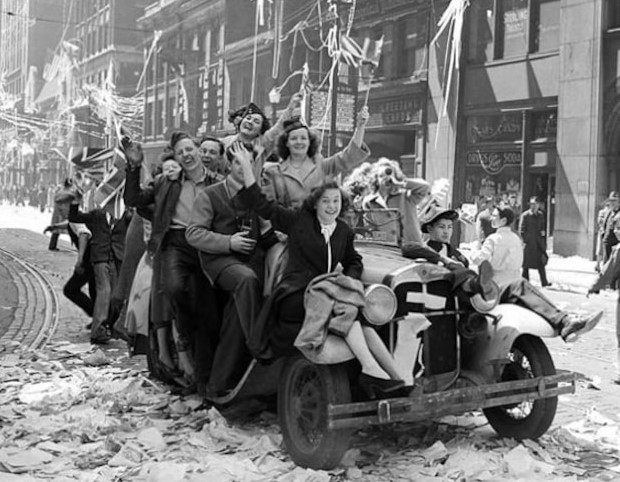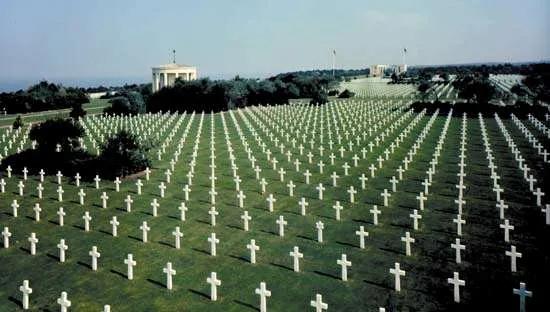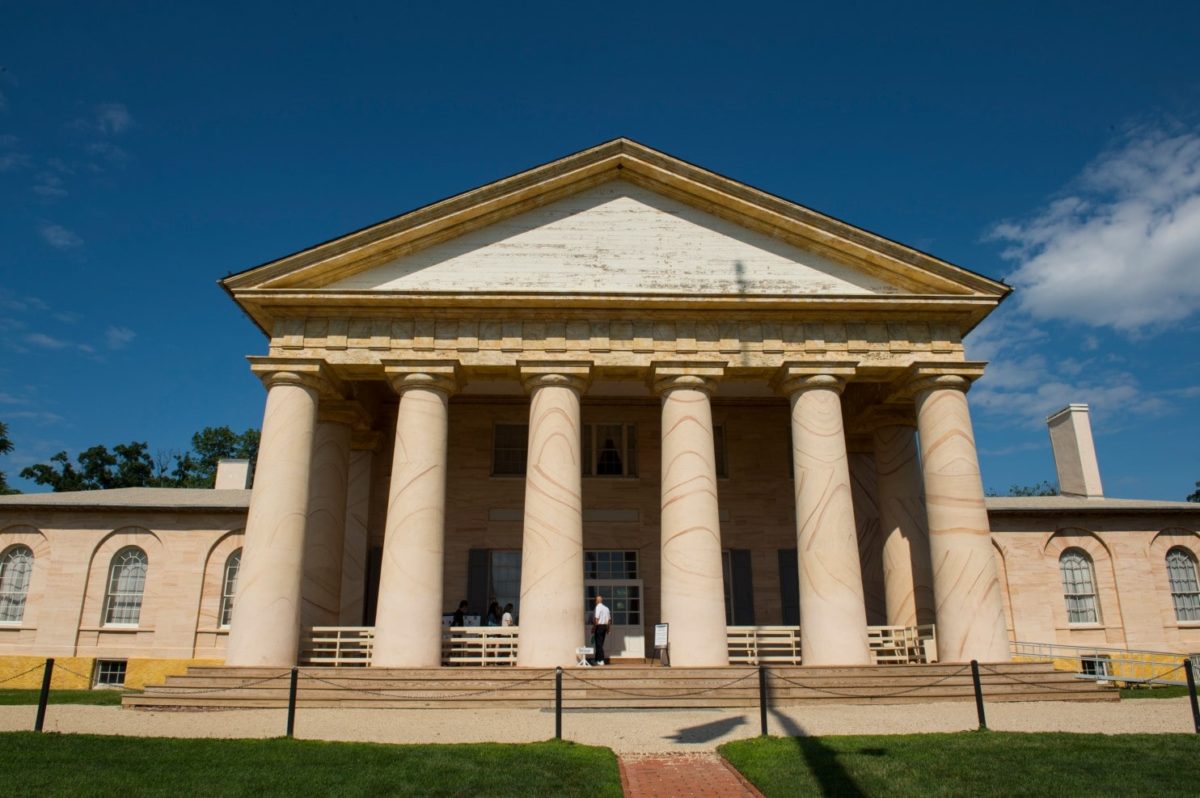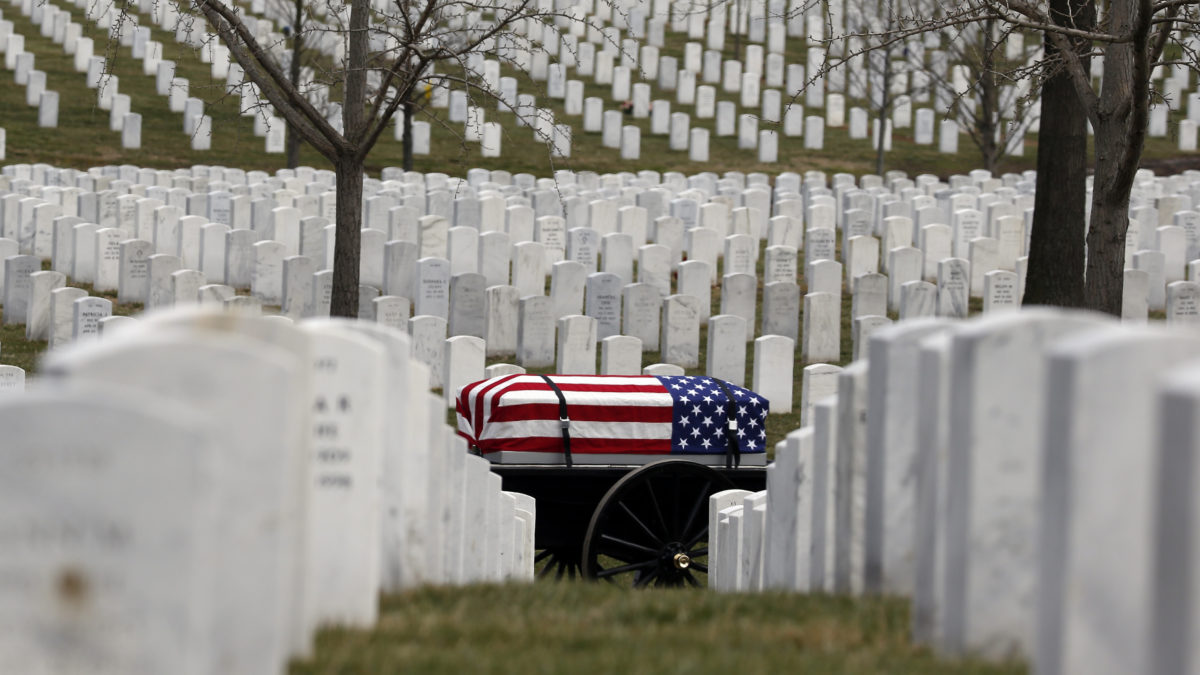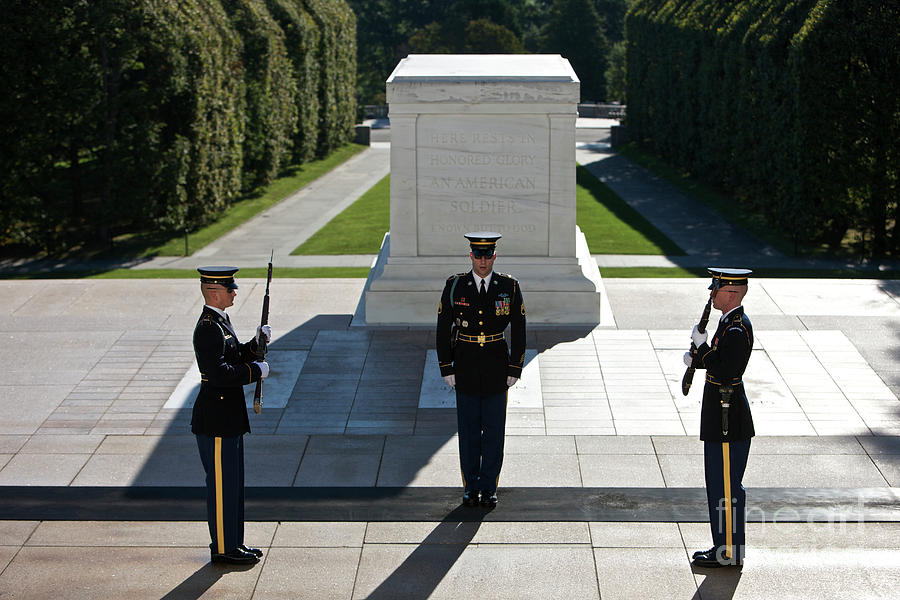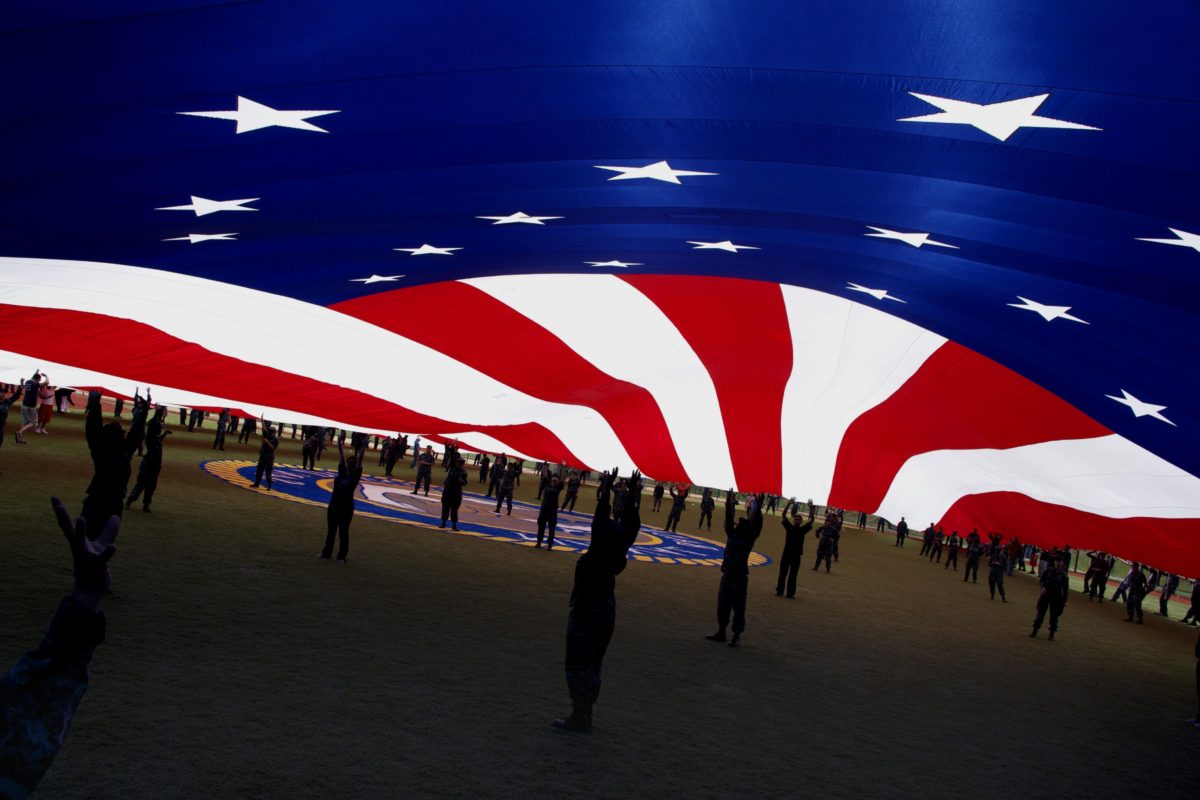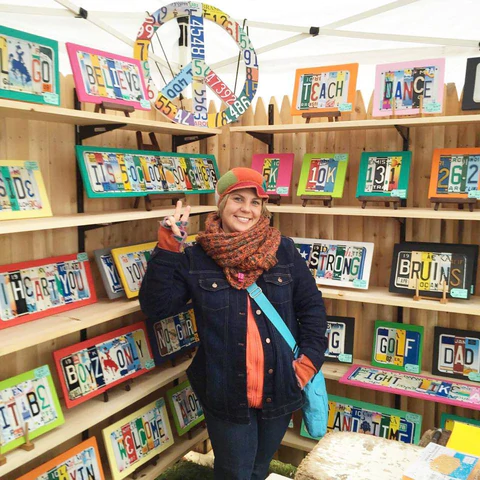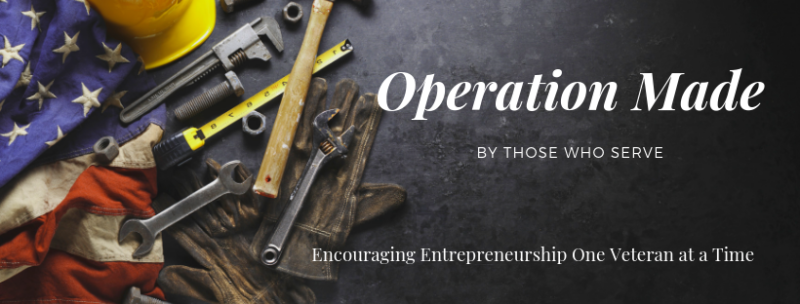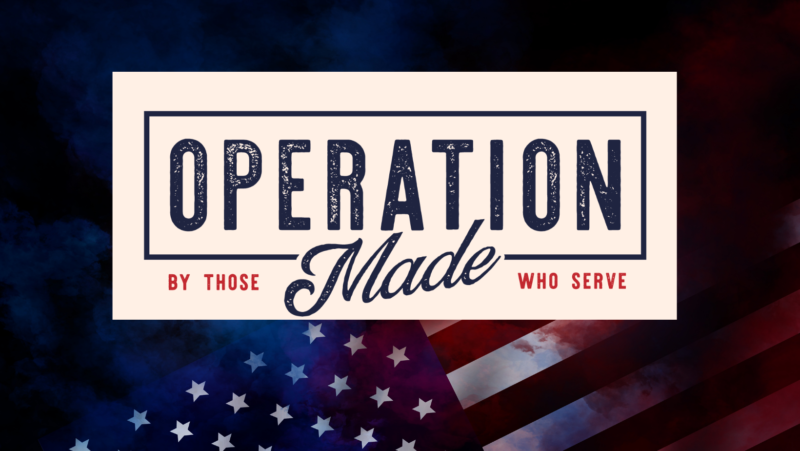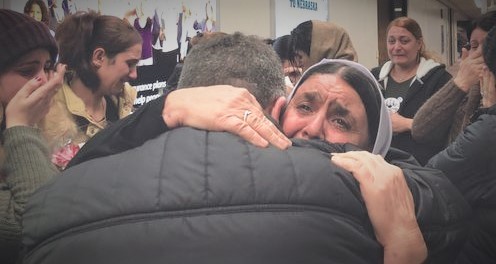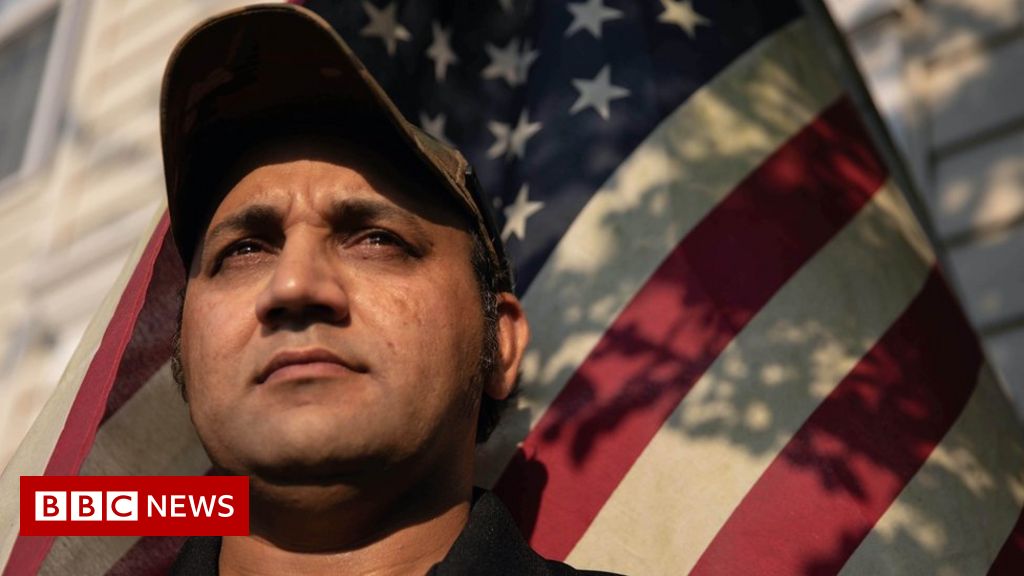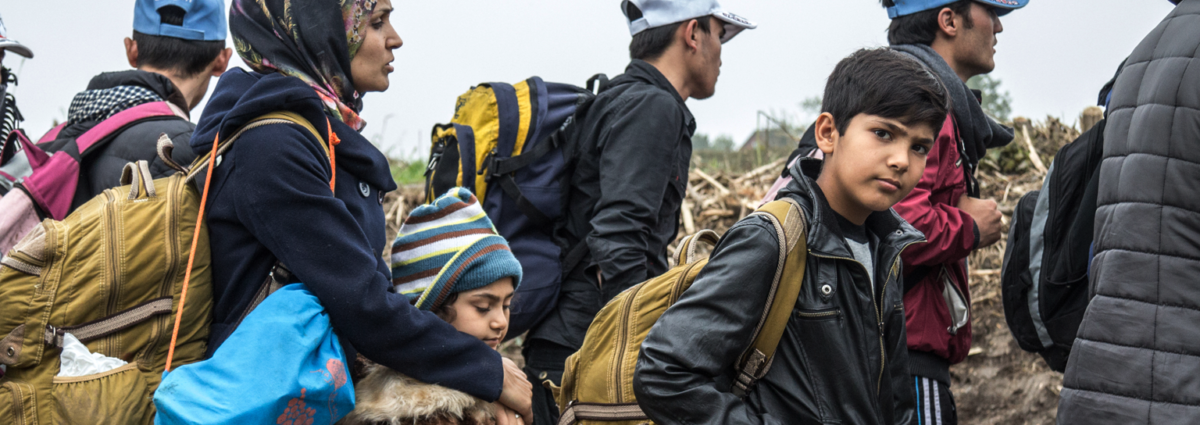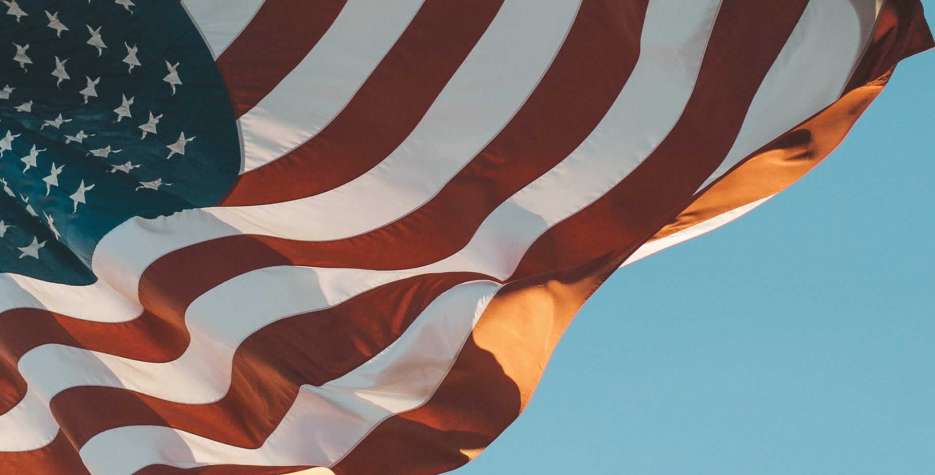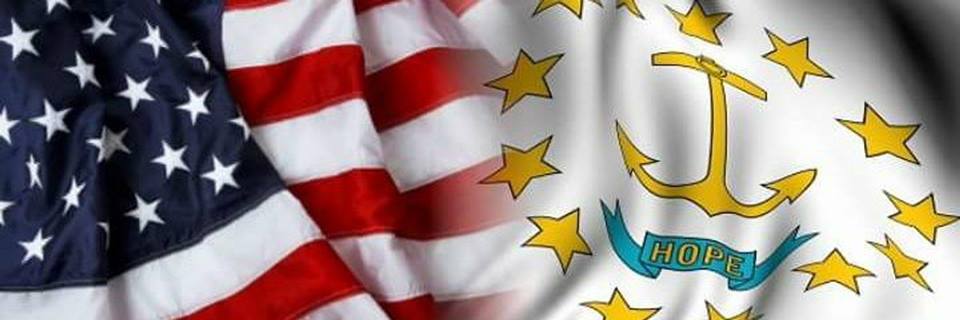Victory in Europe Day
Victory in Europe Day
Wednesday, May 8th, 2019
About: May 8th, 1945 is the day when Germans throughout Europe unconditionally surrendered to the Allies. This day marked the end of World War II in Europe.
World War II is one of the most tragic pages in the history of humanity. In many countries of the world, war-related observances are held every year to commemorate the Allied victory and honor the memory of the victims, soldiers and civilians alike. One of such observances is Victory in Europe Day, celebrated on May 8.
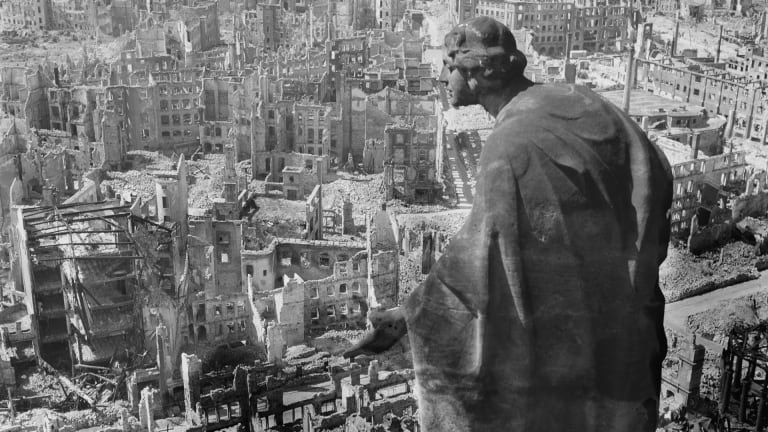
Victory in Europe Day, also known as V Day, VE Day or V-E Day, was established to commemorate the formal acceptance by the Allies of Nazi Germany’s unconditional surrender. The term, however, was coined as early as September 1944, in anticipation of the Allied victory. The defeat of Nazi Germany became evident on April 30, 1945, when Adolf Hitler and several of his followers committed suicide two days before the Battle of Berlin ended.
Hitler’s successor, Admiral Karl Dönitz, headed a new administration referred to as the Flensburg Government and authorized the surrender of Germany. The German Instrument of Surrender was signed in Reims, France on May 7. However, the Soviet Union had some objections concerning both the text of the document and the ceremony. Therefore, the final version of the Instrument was signed in Berlin, Germany on May 8.

The military surrender act came into effect at 23:01 p.m. Central European Time. In the Soviet Union, it was already past midnight, therefore most countries celebrate Victory in Europe Day on May 8, but the majority of the ex-Soviet republics celebrate Victory Day on May 9. Israel also observes V-E Day on May 9 because of a large number of immigrants from the former Soviet Union.
The defeat of Germany was celebrated throughout the Western world, from the Soviet Union to the United States. One of the most massive celebrations took place in the UK capital of London. More than a million people gathered in Trafalgar Square and up the Mall to Buckingham Palace, where the royal family and Winston Churchill greeted the cheering crowds from the balcony. Princesses Elizabeth and Margaret were allowed to celebrate incognito with the people.
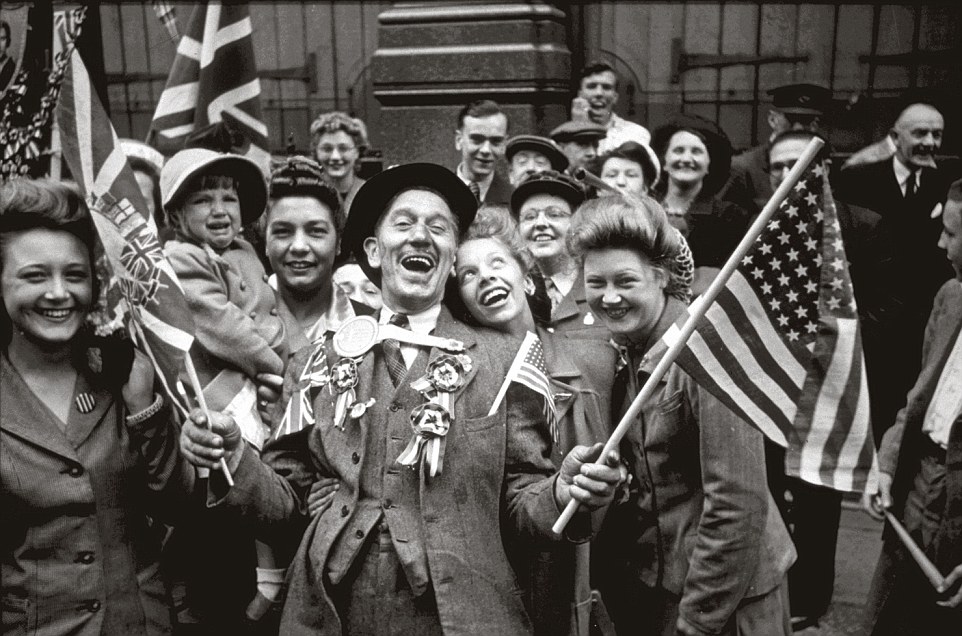
In the United States, the Allied victory coincided with President Harry Truman’s 61st birthday. He dedicated it to the memory of Franklin D. Roosevelt, his predecessor, who had died on April 12, less then a month before the victory. Massive celebrations took place in Washington, D.C., Los Angeles, Miami, Chicago, and especially in Times Square in New York.
Countries where Victory in Europe Day is a public holiday include the Czech Republic and Slovakia (where it is referred to as Liberation Day) as well as France and its overseas territories (French Guiana, French Polynesia, Guadeloupe, Martinique, Mayotte, New Caledonia, Réunion, Saint Barthélemy, Saint Martin, Saint Pierre and Miquelon, Wallis and Futuna). Most other European countries celebrate their own Liberation Days, commemorating the end of Nazi occupation.
Although Victory in Europe Day was an important milestone, it didn’t mark the end of the war. The Japanese government refused to surrender, so the war continued in the Pacific theatre until Japan’s surrender in August 1945.

On April 30th 1945, Hitler had committed suicide during the Battle for Berlin.
The surrender of Germany was authorized by his replacement, President of Germany, Karl Dönitz.
The administration headed up by Dönitz was known as the Flensburg government.
The act of military surrender was signed on May 7th 1945 in Reims, France, and May 8th 1945 in Berlin, Germany.
